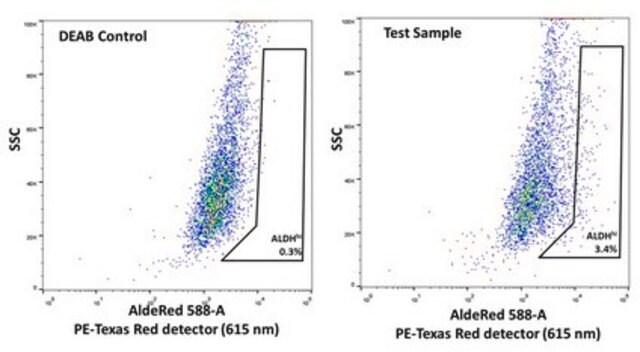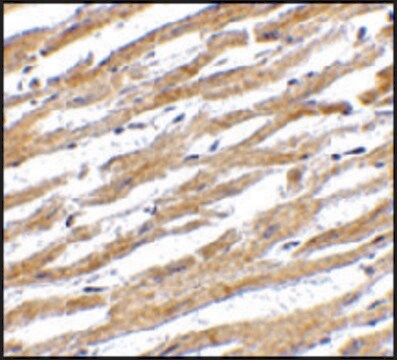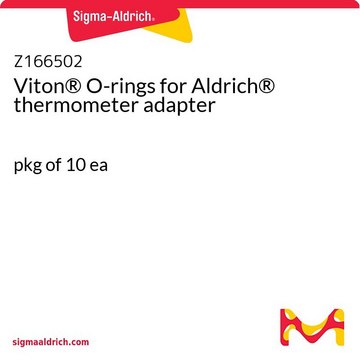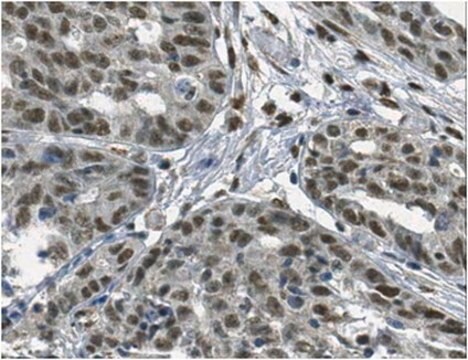MAB874
Anti-Papillomavirus Antibody, 16, 18 E6 protein, clone C1P5
clone C1P5, Chemicon®, from mouse
Synonyme(s) :
HPV
About This Item
Produits recommandés
Source biologique
mouse
Niveau de qualité
Forme d'anticorps
purified immunoglobulin
Type de produit anticorps
primary antibodies
Clone
C1P5, monoclonal
Espèces réactives
human
Fabricant/nom de marque
Chemicon®
Technique(s)
immunohistochemistry: suitable
western blot: suitable
Isotype
IgG
Conditions d'expédition
wet ice
Description générale
Spécificité
Immunogène
Application
Immunohistochemistry: Shows reactivity on formalin fixed tissue. Dilute with buffer pH 7.5-8.0 to desired working volumes. For extensive dilution, protein containing or other stabilizing medium should be used.
Immunopreciptiation: Immunoprecipiates 16.5 kDa band from human cervical carcinoma extracts {Banks, et al, 1987}.
Final working dilutions must be determined by end user.
Infectious Diseases
Infectious Diseases - Viral
Description de la cible
Forme physique
Stockage et stabilité
Remarque sur l'analyse
Human cervical carcinoma extract
Autres remarques
Informations légales
Clause de non-responsabilité
Vous ne trouvez pas le bon produit ?
Essayez notre Outil de sélection de produits.
Code de la classe de stockage
12 - Non Combustible Liquids
Classe de danger pour l'eau (WGK)
WGK 2
Point d'éclair (°F)
Not applicable
Point d'éclair (°C)
Not applicable
Certificats d'analyse (COA)
Recherchez un Certificats d'analyse (COA) en saisissant le numéro de lot du produit. Les numéros de lot figurent sur l'étiquette du produit après les mots "Lot" ou "Batch".
Déjà en possession de ce produit ?
Retrouvez la documentation relative aux produits que vous avez récemment achetés dans la Bibliothèque de documents.
Notre équipe de scientifiques dispose d'une expérience dans tous les secteurs de la recherche, notamment en sciences de la vie, science des matériaux, synthèse chimique, chromatographie, analyse et dans de nombreux autres domaines..
Contacter notre Service technique



![2-(2-Azabicyclo[2.2.1]hept-2-yl)ethanol AldrichCPR](/deepweb/assets/sigmaaldrich/product/structures/325/689/6a6eb812-ddc3-4fe3-9dc4-ad0b5caedd35/640/6a6eb812-ddc3-4fe3-9dc4-ad0b5caedd35.png)


